Jog Raj, Hunor Farkaš and Marko Vasiljević
PATENT CO, Vlade Cetkovica 1A 24 211 Misicevo., Republic of Serbia
Adapted from: The importance of mycotoxins analysis. All About Feed
Analysing incoming feed materials for mycotoxin contamination is crucially important as feed can be affected by climate, agricultural practices and local legislation on mycotoxins.
In a 2017 survey, corn harvested in Serbia and Bosnia and Herzegovina was contaminated with high levels of Aflatoxin B1, Fumonisin B1, and Fumonisin B2.
The global use of feed materials in the production of animal feed is increasing the risk of chemical and microbiological contaminants in food-producing animals.
The feed can be contaminated with microorganisms, mycotoxins, animal by-products, organic pollutants and toxic metals.
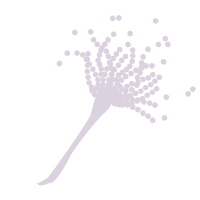
 This contamination of animal feeds has a negative effect on both animal and human health. Among these, mycotoxins are emerging as a major contaminant of feed and food.
This contamination of animal feeds has a negative effect on both animal and human health. Among these, mycotoxins are emerging as a major contaminant of feed and food.
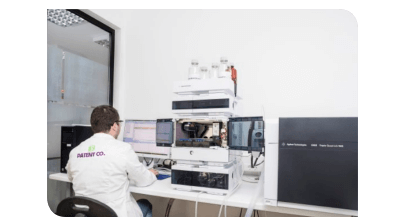
Variations in mycotoxins are increasing the importance of analysing raw materials before they enter the feed chain. Photo: Mirko Nahmijas
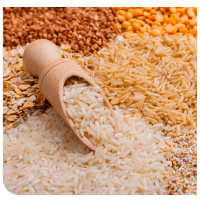
Mycotoxins are produced as secondary metabolites by various fungi. The major mycotoxins producing fungi are Aspergillus, Fusarium, and Penicillium.
Aflatoxins, ochratoxin A, fumonisins, deoxynivalenol, T-2 toxin, and zearalenone are the most common mycotoxins found in food and feed samples.
Many food and feed samples can become contaminated with mycotoxins before harvest, during transport and during their storage.
 Commodities and products frequently contaminated with mycotoxins and used in animal feed include corn, wheat, barley, rice, oats, nuts, milk, cheese, peanuts and cottonseed, etc.
Commodities and products frequently contaminated with mycotoxins and used in animal feed include corn, wheat, barley, rice, oats, nuts, milk, cheese, peanuts and cottonseed, etc.
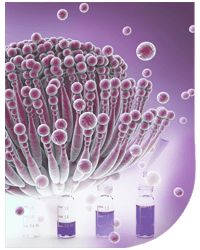
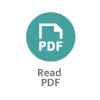






 Micotoxicosis prevention
Micotoxicosis prevention